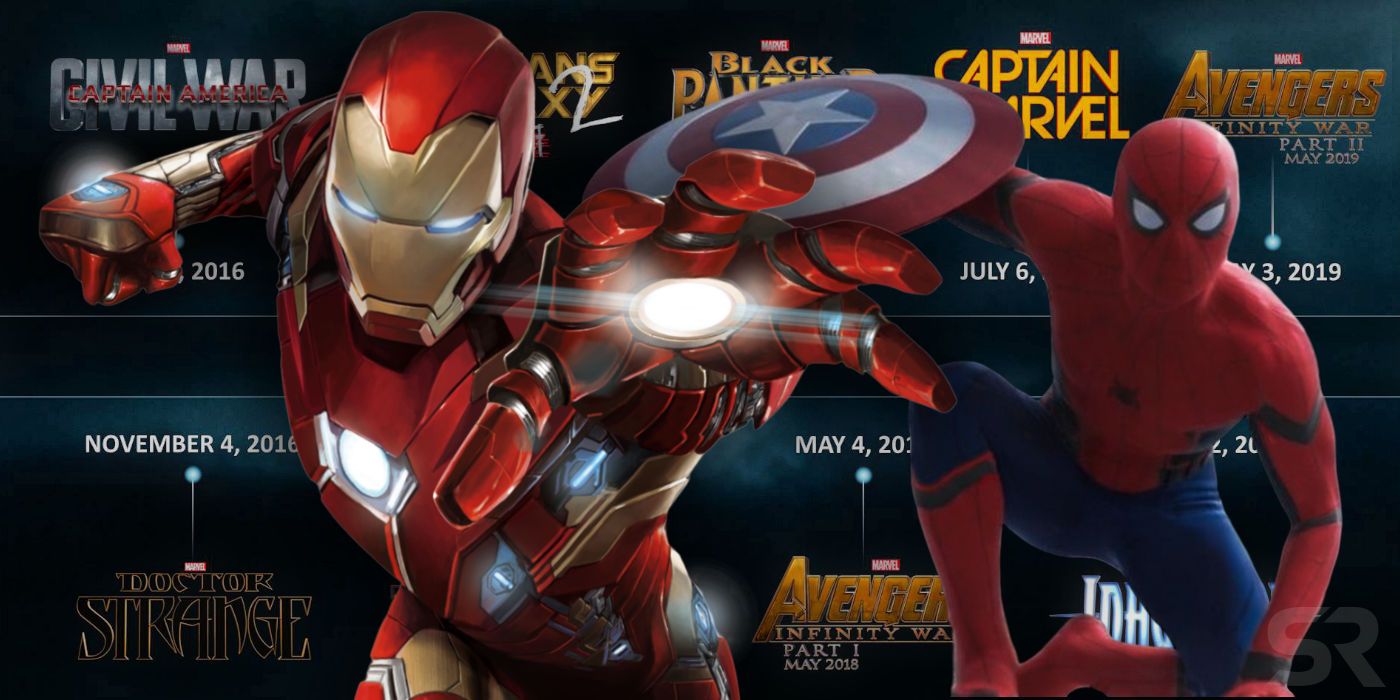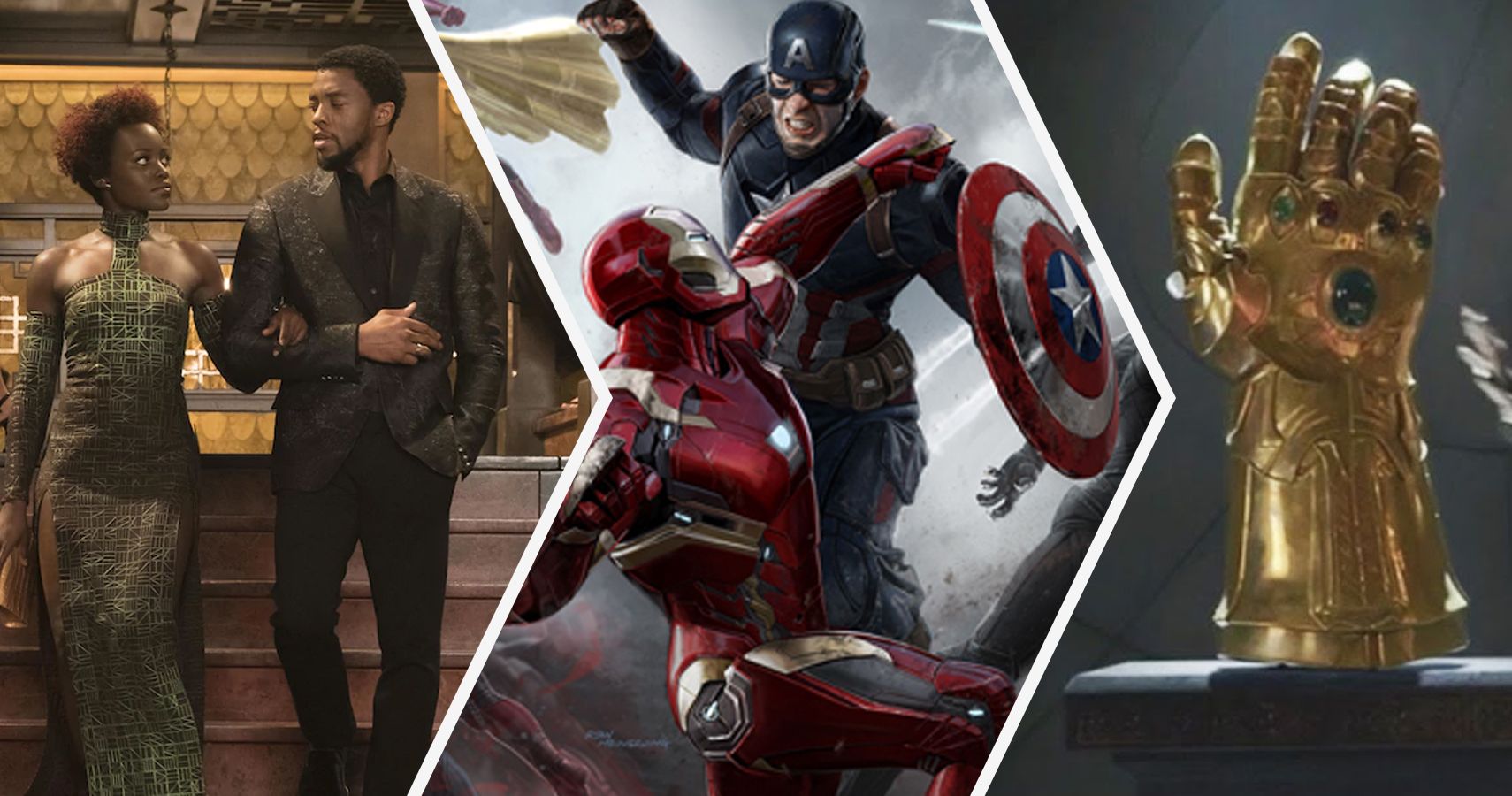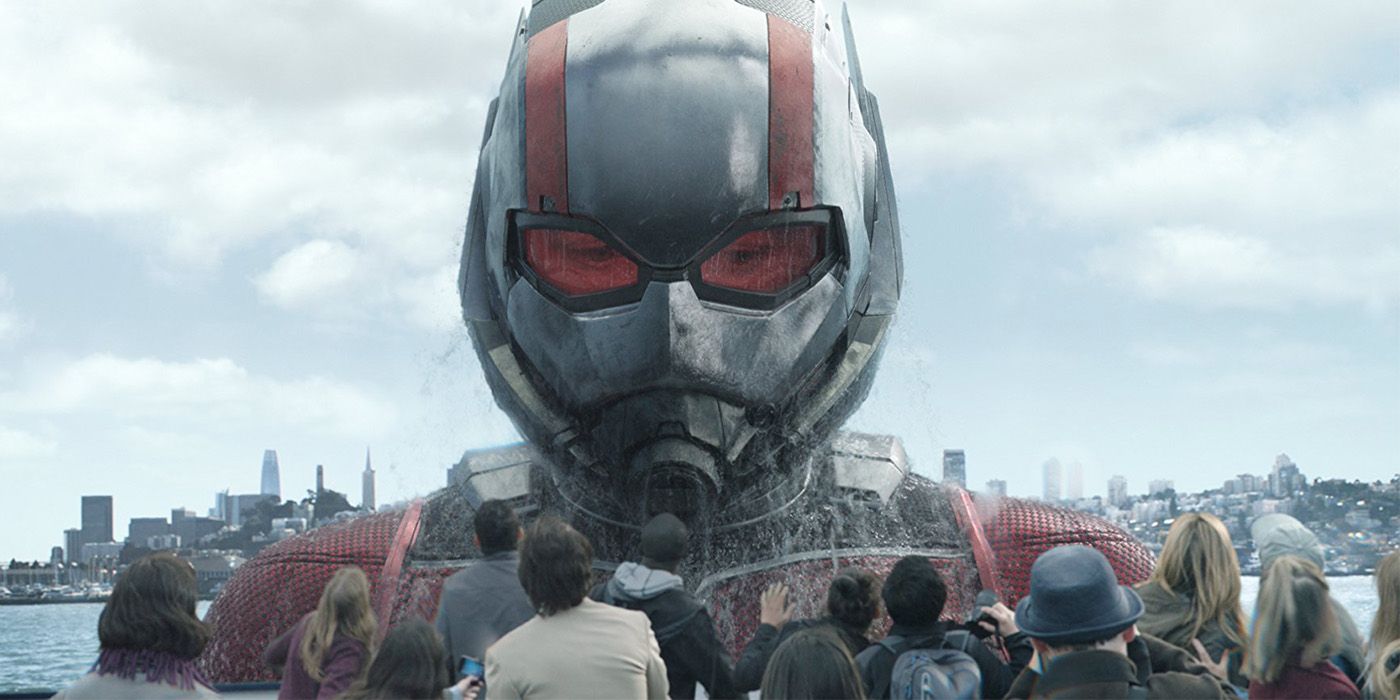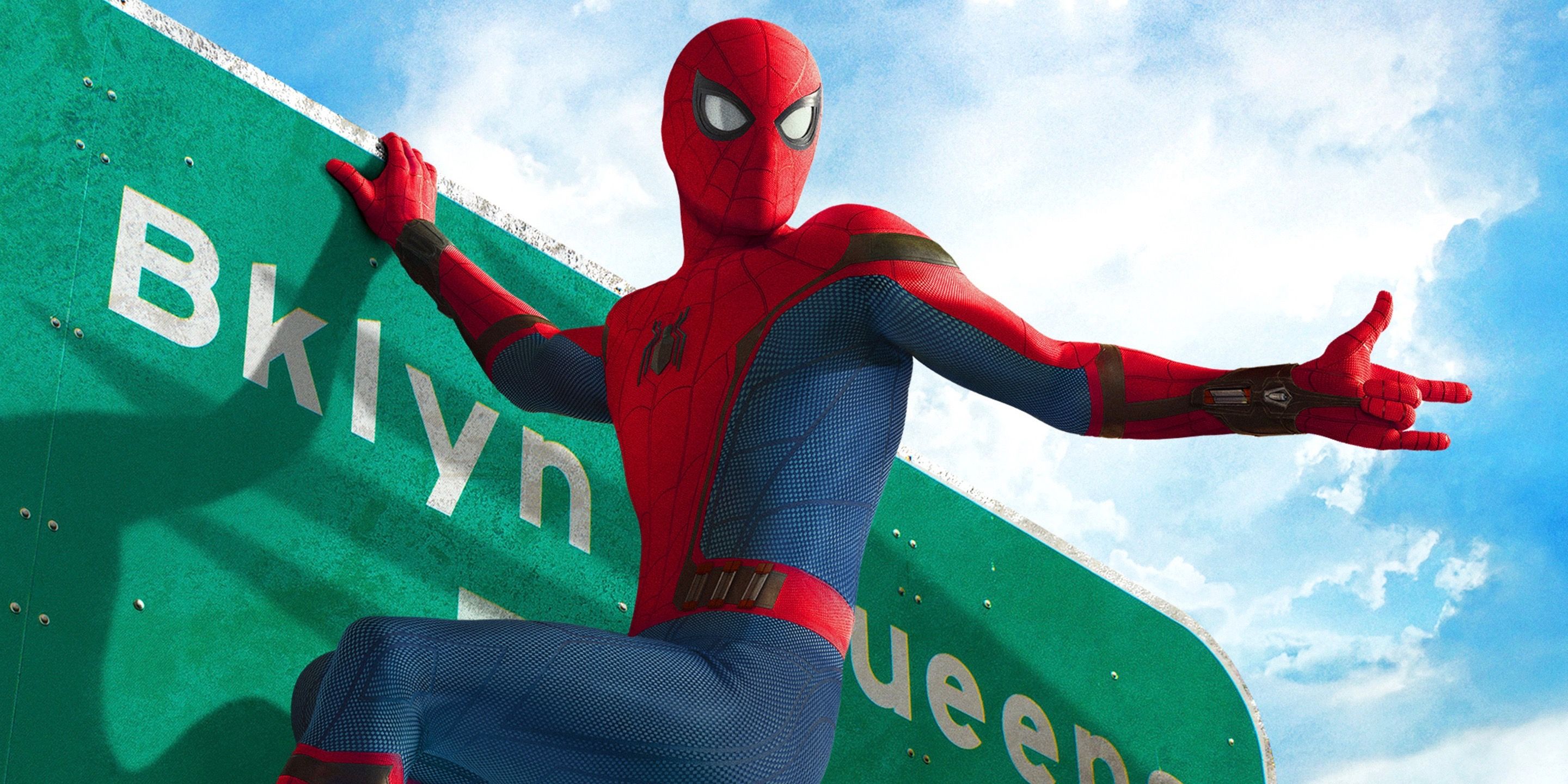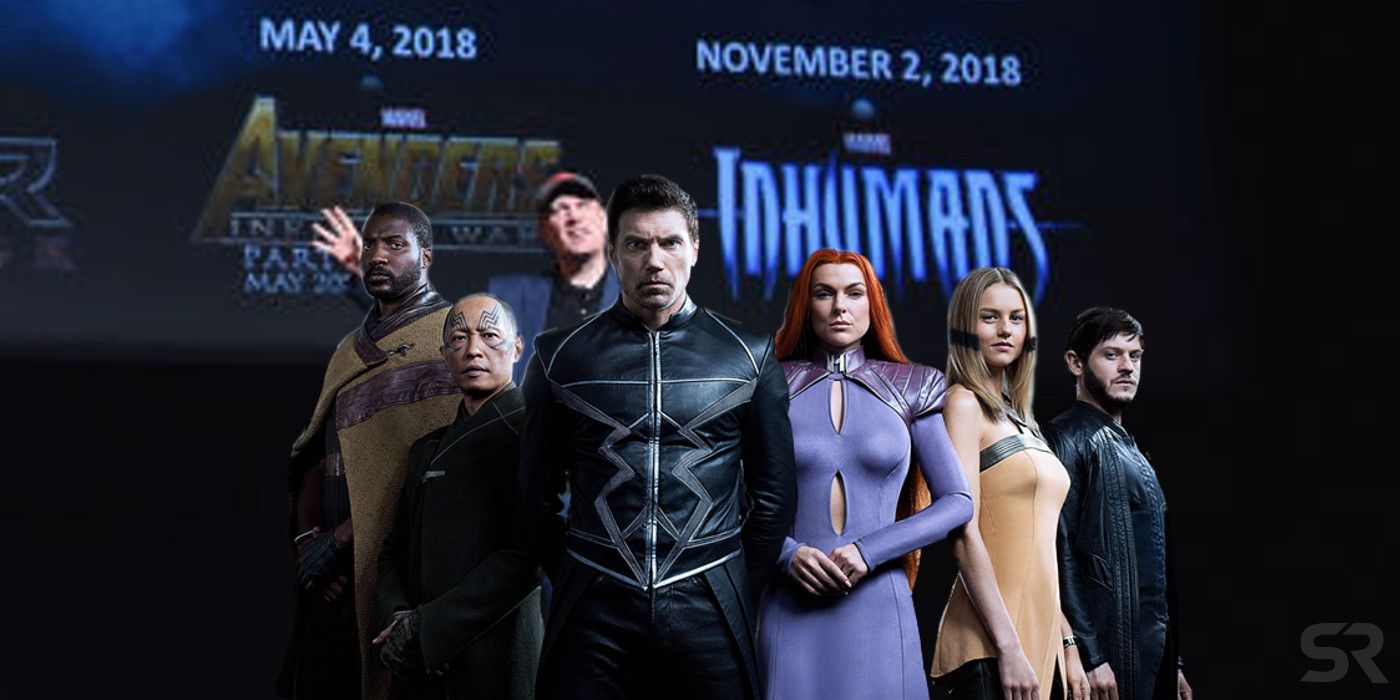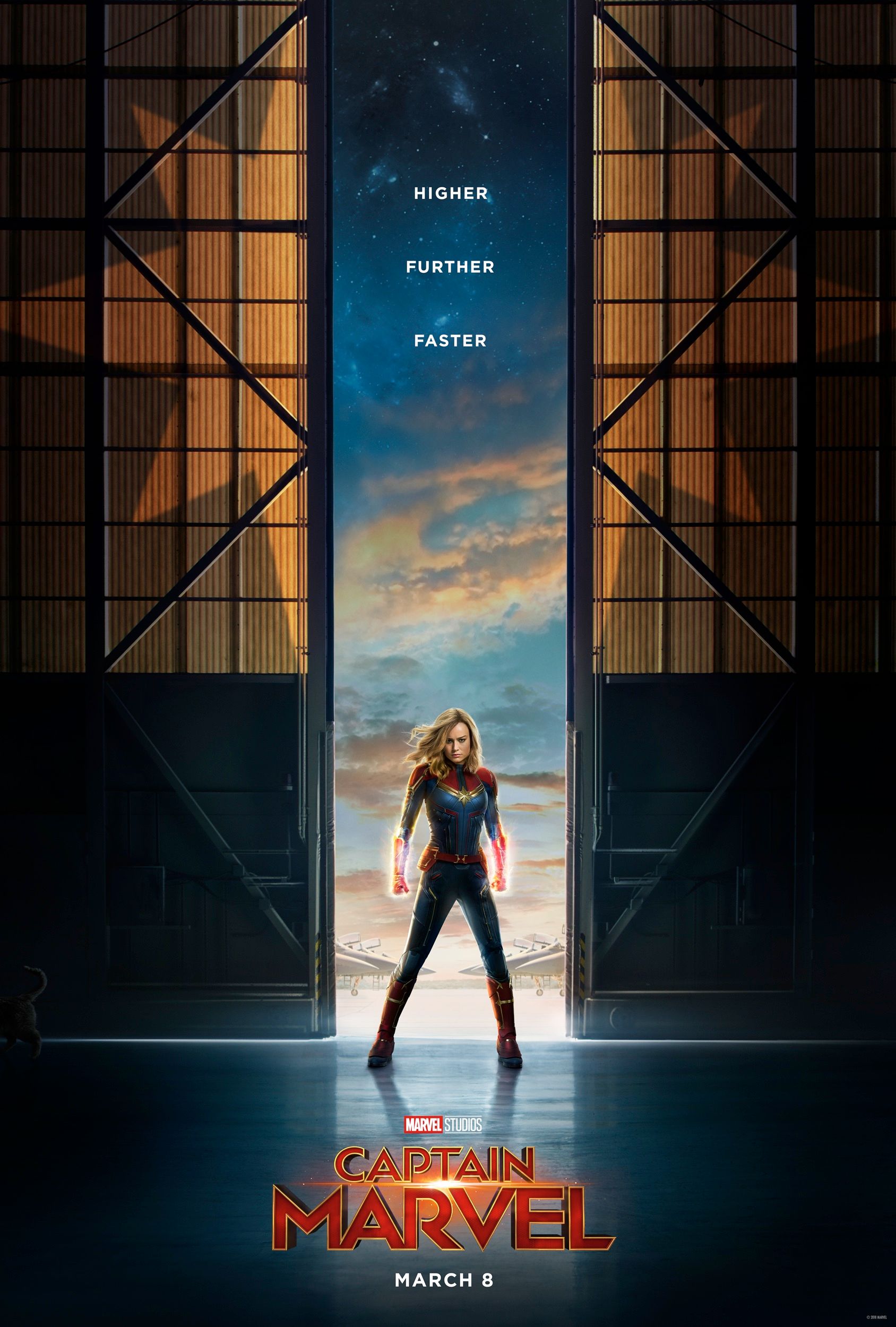Marvel Studios president Kevin Feige announced the Marvel Cinematic Universe's Phase 3 slate back in 2014, but how have those plans worked out? The MCU Phase 3 announcement was absolutely unprecedented, with Marvel revealing every film they planned to release between 2016 and 2019 during a private event. What's more, the slate included event movies like Captain America: Civil War and - of course - Avengers: Infinity War Part I and Part II.
Ironically, though, Feige himself seems to believe the Phase 3 announcement backfired. Because audiences knew the long-term journey Marvel was taking them on, they were focused on the destination rather than the next step. So, in his view, the prospect of Avengers: Infinity War stole attention and interest from Avengers: Age of Ultron. Given his comments, it seems unlikely Marvel will ever make a full Phase 4 announcement, but will instead settle for simply confirming the next few films after the release of Avengers: Endgame.
Related: Why Disney Didn't Distribute MCU Phase One
But this announcement had another effect, one that's less commented upon. While Marvel has a reputation for long-term planning, the truth is that the studio is remarkably flexible, adapting - sometimes at speed - to changing circumstances and popular response to their ideas. By revealing their initial Phase 3 slate, Marvel unwittingly allowed viewers to see just how their plans could change. So let's take a look at the original slate, and explore just how that played out.
- This Page: MCU's Original & New Phase 3 Slates
- Page 2: How Unexpected Changes Transformed MCU's Phase 3
The MCU Phase 3 Slate
On October 29, 2014, Marvel Studios held a press event at the El Capitan Theater in Los Angeles. There, Feige shocked journalists by revealing Marvel's plans for the next five years, confirming a slew of sequels, a number of new characters, and a tentpole two-part event movie that would inevitably see the Avengers go up against Thanos. Funnily enough, this announcement had come just two weeks after WB unveiled the DCEU's entire slate. Here's what the original slate looked like:
- Captain America: Civil War - May 6, 2016
- Doctor Strange - November 4, 2016
- Guardians of the Galaxy Vol. 2 - May 5, 2017
- Thor: Ragnarok - July 28, 2017
- Black Panther - November 3, 2017
- Avengers: Infinity War Part I - May 4, 2018
- Captain Marvel - July 6, 2018
- Inhumans - November 2, 2018
- Avengers: Infinity War Part II - May 3, 2019
It was certainly ambitious, and it promised to adapt some of the most popular comic book stories of all time for the MCU. What's more, the announcement also confirmed that Marvel had decided on Thanos as the Big Bad of their shared cinematic universe; he'd been introduced in the post-credits scene of 2012's The Avengers, and appeared in 2014's Guardians of the Galaxy, but nobody had truly realized he'd be destined to play such a major role.
Related: How The MCU Will Look Completely Different After 2019
How Marvel's Phase 3 Slate Changed
Ironically, though, it wasn't long before the Phase 3 slate began to change. Earlier that year, Marvel had proposed a deal with Sony that would allow a new incarnation of Spider-Man to enter the MCU. Sony initially turned them down, but reconsidered over the next few months. In February 2015, Marvel and Sony announced a landmark Spider-Man deal that would let Marvel cast Tom Holland as a teenage Peter Parker, and introduce him in Captain America: Civil War. That would be followed by a Spider-Man solo movie set in the MCU, Spider-Man: Homecoming, which was set to release in 2017. All the other release dates were shuffled around, and Marvel soon dropped Inhumans completely. But Spider-Man: Homecoming wasn't the only addition to the Phase 3 slate; in October 2015, Marvel confirmed an Ant-Man sequel, Ant-Man & the Wasp, and pushed back Captain Marvel yet again.
Meanwhile, Joss Whedon left Marvel Studios after behind-the-scenes drama on Avengers: Age of Ultron. Whedon had generally been expected to helm Avengers: Infinity War Part I and Part II, but instead Marvel hired the Russo brothers. The Russos seem to have had a slightly different approach to the two films, which dropped the "Part I and Part II" and became separate entities. The title of the fourth Avengers movie, Avengers: Endgame, has only recently been revealed.
The New Marvel Phase 3 Slate
As a result, the final MCU Phase 3 slate looks very different to the one Marvel announced back in 2014. The first few films match up, but everything had changed after May 2017's Guardians of the Galaxy Vol. 2. Here's what it looks like:
- Captain America: Civil War - May 6, 2016
- Doctor Strange - November 4, 2016
- Guardians of the Galaxy Vol. 2 - May 5, 2017
- Spider-Man: Homecoming - July 7, 2017
- Thor: Ragnarok - November 3, 2017
- Black Panther - February 16, 2018
- Avengers: Infinity War - April 27, 2018
- Ant-Man & the Wasp - July 6, 2018
- Captain Marvel - March 8, 2019
- Avengers: Endgame - April 26, 2019
Page 2 of 2: How Unexpected Changes Transformed MCU's Phase 3
How Unexpected Changes Transformed The MCU's Phase 3 Slate
There are really three major reasons for these changes. The first is the deal between Marvel and Sony, which brought Spider-Man into the MCU. Under the terms of that deal, Marvel gained the ability to use a new version of the wall-crawler as a character in their own films, but in return had to produce a new series of solo Spider-Man movies on Sony's behalf. Those films are paid for and distributed by Sony - and, crucially, Sony are the ones who profit from their success. It was a win-win deal: Sony got a relaunched Spider-Man, with appearances from major MCU actors like Robert Downey Jr. and Samuel L. Jackson; Marvel got to integrate the most marketable superhero of all into the MCU and use him as part of their core Avengers franchise. But that naturally meant that a new film had to be slotted into Phase 3. Spider-Man: Homecoming's release altered the entire MCU Phase 3 slate.
Meanwhile, behind-the-scenes drama at Marvel Studios led to a dramatic corporate restructure. Feige was increasingly finding himself in conflict with other key figures at Marvel Entertainment, who were insisting on having their own way with the MCU. Matters seem to have come to a head in 2015, with the high-profile departure of Whedon after Avengers: Age of Ultron. As Whedon reflected, the whole experience was a painful one for him. The first Ant-Man film struggled as well, with Edgar Wright quitting as director, and the pattern looked set to repeat itself for Captain America: Civil War.
Related: Marvel Is Releasing Captain Marvel Too Close To Avengers: Endgame
Finally, Feige had enough. There are reports he pushed the issue so far as to threaten to quit, and rather than lose him Disney conducted a massive corporate restructure. They pulled Marvel Studios out of Marvel Entertainment, and placed Feige in charge of it. While it's hard to track the effect of this change in leadership, it's notable that a lot of the changes to the Phase 3 slate came after Feige was given the authority to make his own decisions, independent of the likes of Marvel's Ike Perlmutter and Jeph Loeb. Inhumans - a project Feige had always seemed lukewarm on, but that Perlmutter is believed to have been excited about - was dropped, and passed to Marvel TV to make an ill-fated series.
In mid-to-late 2015, Marvel began solidifying their plans for the end of MCU Phase 3, hiring the Russo brothers as directors of Avengers: Infinity War Part I and Part II, with Christopher Markus and Stephen McFeely brought on board as writers. The new creative team soon decided to treat Avengers 3 and Avengers 4 as separate projects, filming them back-to-back but dropping the idea of "Part I and Part II." Meanwhile, Feige was satisfied with the box office performance of the first Ant-Man, and by July was happily discussing ideas for a sequel; Ant-Man & the Wasp was finally announced in October 2015, replacing Inhumans. The Russo brothers have consistently said they believe there's a narrative throughline from Avengers: Infinity War, through Ant-Man & the Wasp and Captain Marvel, to Avengers: Endgame. If that's the case, then that narrative throughline was presumably being decided in late 2015, hence the decision to drop Inhumans and insert Ant-Man & the Wasp into Phase 3. It's possible different creative choices would have been made under the Marvel Creative Committee.
It's fascinating to see how MCU Phase 3 changed shape, almost entirely due to factors that Marvel Studios couldn't predict. When Feige made the Phase 3 announcement back in 2014, he had no reason to believe the Sony deal was on the table, and he had no idea his clash with other Marvel Entertainment figures was going to lead to such a dramatic restructure. But this should serve as a caution to any studio making its long-term plans public knowledge; it's impossible to predict every variable, and those plans are inevitably going to be subject to change. Marvel got away with it without any strong criticism, largely because the new plans seemed better than the old ones; Tom Holland is a tremendous new Spider-Man, and in truth Inhumans was a franchise few people cared much about.
These observations are more than just a historical curiosity for film buffs. The adjustments made to the Phase 3 slate proved that Marvel wouldn't announce their future plans right now. That's because the MCU is again about to be transformed by events outside Feige's control, in this case Disney's impending acquisition of 20th Century Fox. That's currently expected to be concluded by June; assuming everything goes as planned, the film rights for the X-Men and Fantastic Four will revert to Marvel Studios. Concepts like "mutants" are sure to drastically reshape the Marvel Cinematic Universe, while it's worth noting that associated franchises are as diverse as Alpha Flight and the Starjammers. Marvel's long-term plans will be in flux once again.

